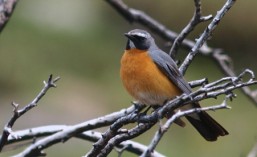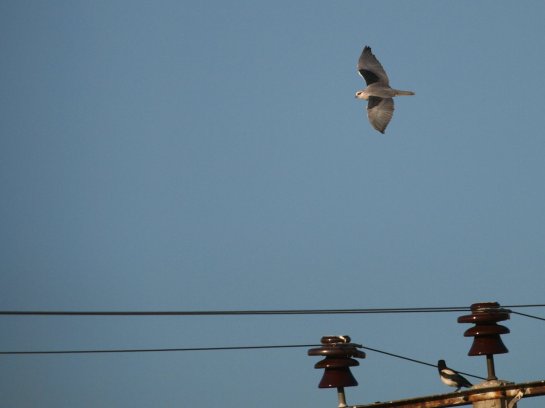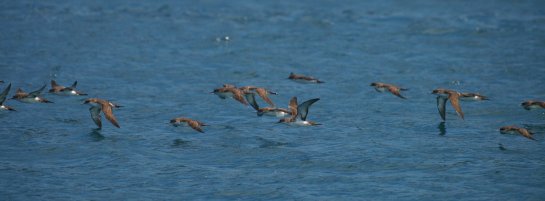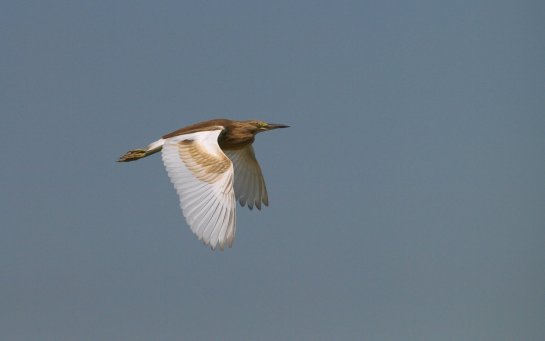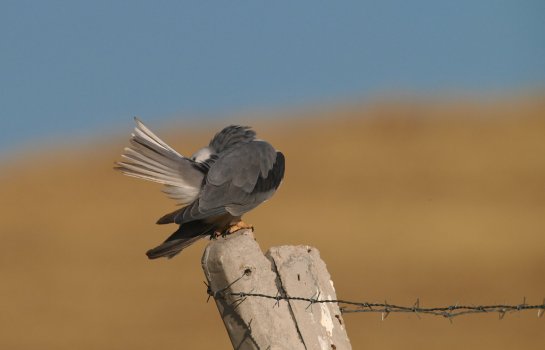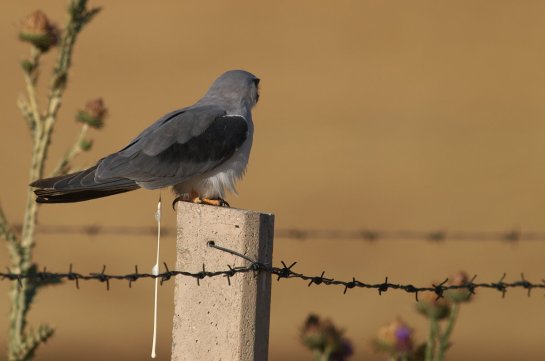
Rueppels Warbler – generally a quite common bird on the southern slopes of the Taurus Mountains.
I get the question quite often: Which birds can be seen around Alanya (or other tourist destinations)? Right now I am on a family holiday in Alanya, so I’ve been looking into the options of birding myself.
The hills behind the city contain some good birds. Blue Rock Thrush, Black-headed Bunting, Rueppel’s Warbler, Eastern Orphan and Eastern Olivaceous Warbler can be found quite easily. Furthermore I managed to find a few Cretzmar’s Buntings and Olive-three Warbler should be around even though I haven’t seen any.

Juv. Krupers Nuthatch
But the main attractions are of course the Brown Fishing Owls at Oymapinar Dam. So if you can either talk your family into going for a tour or if you can use a day there you a quite likely to connect with the owls.
Another option is to head for some mountain pine wood birding a few kilometers north of Akseki. I did just that today. I left Alanya at 4:00 and arrived just after dawn. The first good birds started to show up just after Akseki, as I found 3 Finche’s Wheatears, Blue Rock Thrush and Cretzmar’s Bunting. But I were eager to reach the forest as soon as possible, so I didn’t spend much time with them.
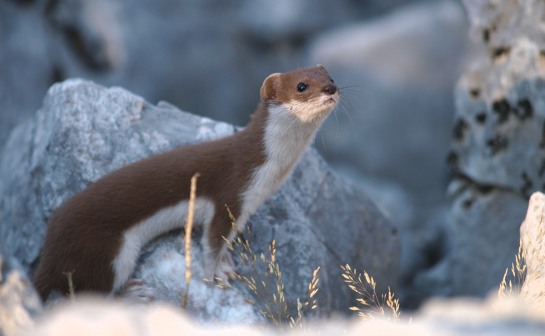
A Weasel really put on a show too…
After arriving to the forest I went out and almost right away I heard a calling and drumming White-backed Woodpecker. But it was quite far away and I never saw it, so I continued and after about one hour in the forest I had heard at least 3 different White-backed Woodpeckers. But they were impossible to see – until I saw a distant bird that just flew across a wide valley.
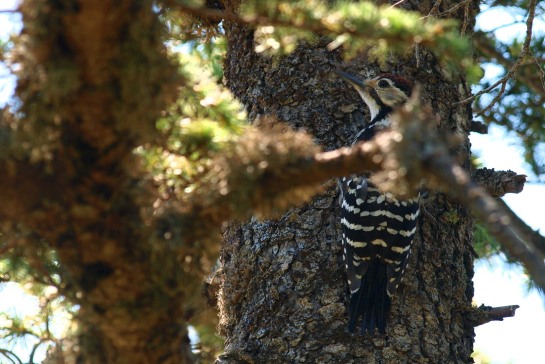
Bingo – White-backed Woodpecker
I searched for more than four hours for them in vain. Or actually it was not in vain as I saw 30+ Krüper’s Nuthatches including a family group of 7 (I presume). And I got the opportunity to study the juvenile plumage. Other good birds around included the odd turkish Long-tailed Tits, Coal Tits, Short-toed Treecreepers, two juvenile Steppe Buzzard (vulpinus), Common Crossbills and a single Hoopoe.
While looking for the White-backed Woodpeckers I all of a sudden heard a Grey-headed Woodpecker calling. I really didn’t expect it to be this far south, but I managed to flush it and get brief views, which confirmed the sighting (after checking it to night it is actually known to breed in Akseki).

Why not see 3 birds in the same tree when you’re at in anyways?
Around 11:00 it started to get really warm and bird activity rapidly decreased. So I sat down under a tree – and out of nowhere two White-backed Woodpecker came to forage on a trunk just 20 meters away. I got to see and photograph them quite well.

White-backed Woodpecker: Probably female.
They have a strange habit of foraging close to the ground for long periods. As there were two birds they constantly uttered a contact call. It was like a weak “Great Spotted Woodpecker”, but could only be heard from less than 40-50 m distance.
The birds disappeared, but after another 30 minutes I heard the calls again and now 3 birds were present in a tree. It is probably the same two and one extra, but I am not sure.
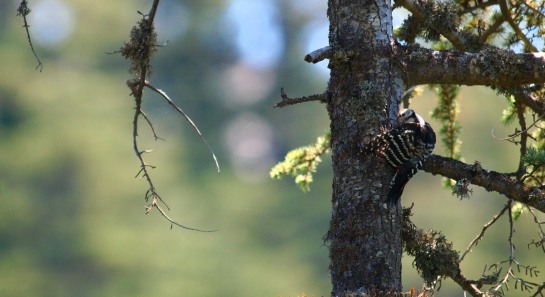
White-backed Woodpecker
All in all I heard at least 3 birds in the morning and then two and then three were seen together. So I think it is safe to say, that there were six birds or more present in the area. But finding them can be quite hard.

Foraging on a trunk 1,5 meters above the ground.
The question now is if the White-backed Woodpecker ssp. lilfordi actually is a just a race or a full species. More on that later…
Silas Olofson
